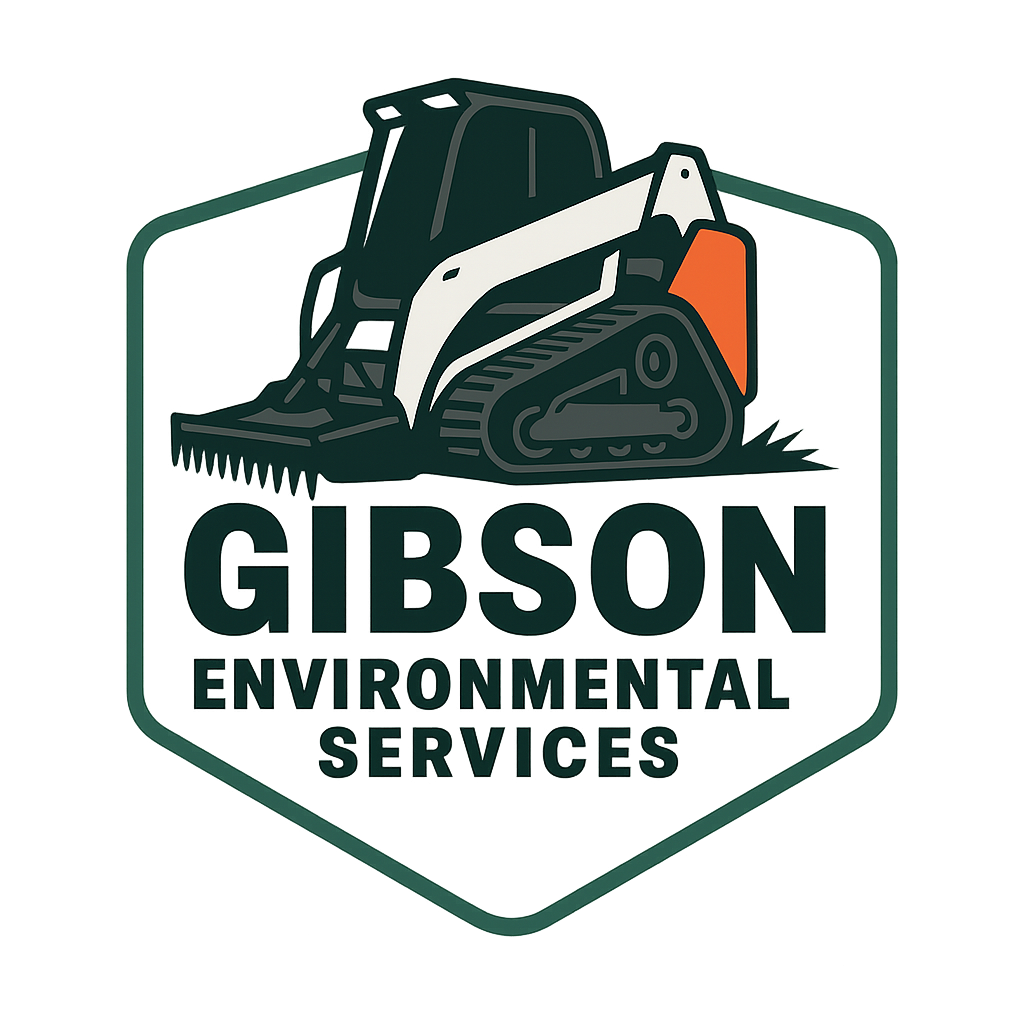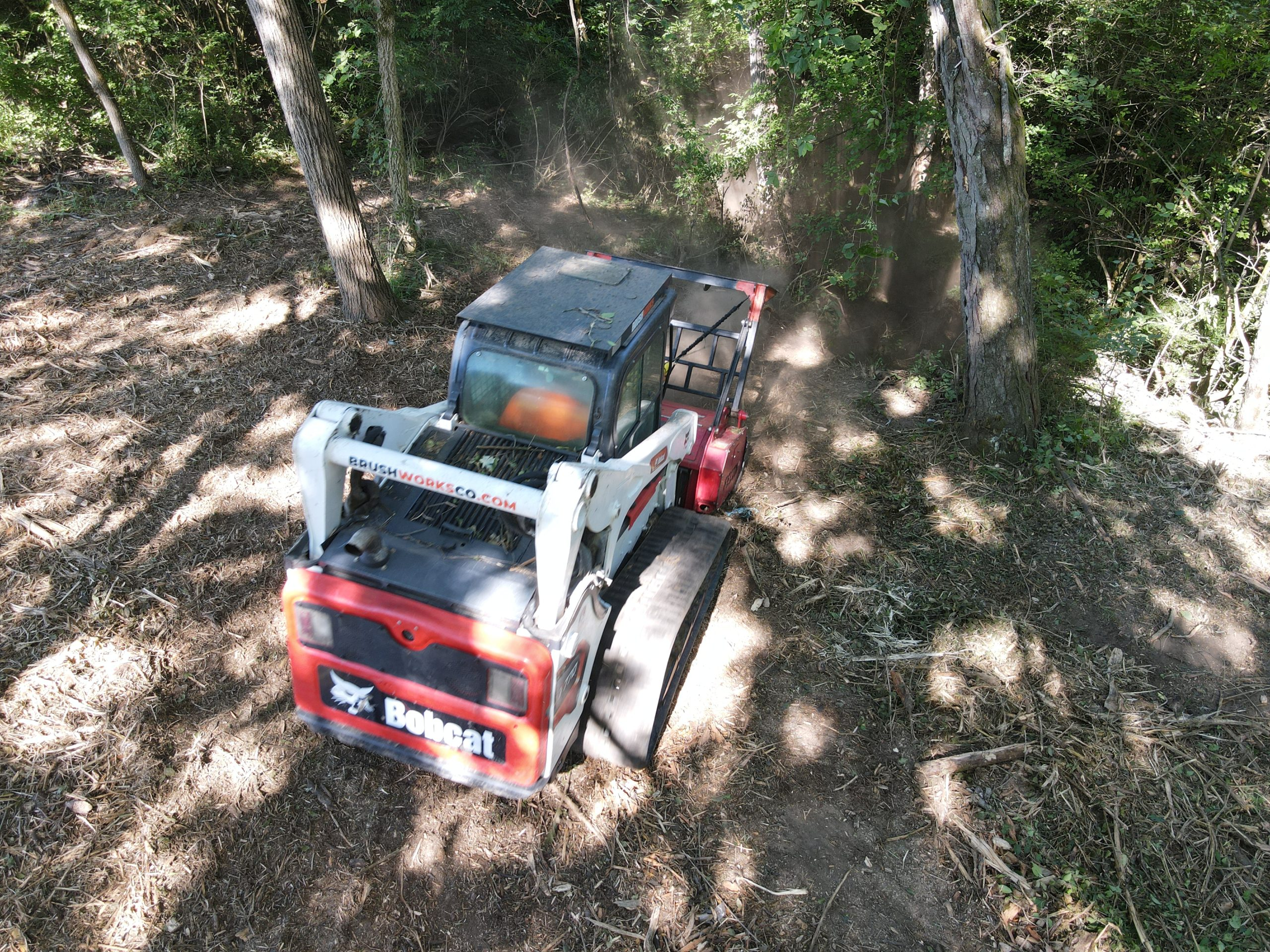How Long Does It Take to Mulch an Acre? What to Expect Based on Terrain & Brush Density
Introduction
Mulching an acre of land might sound simple, but there’s more to it than you might think. Mulching means grinding up brush, trees, and other plants into small pieces. This mulch helps the soil and stops erosion. Whether you’re a landowner wanting to clear space or someone who loves nature and wants to help the environment, knowing how long mulching takes is important.
So, how long does it take to mulch an acre? It depends on a few things: the type of land, how many plants are there, and what tools you use. Let’s look at these things so you can plan better and make smart choices.
Key Factors Affecting Mulching Time
1. Terrain Type
- Flat vs. Sloped Land: Mulching on flat land is easier and quicker because machines can move smoothly. Sloped land is harder, doubling the work needed and taking more time.
- Rocks and Obstacles: Rocks are a challenge for mulching. They need careful handling or even moving, adding more work.
- Soil Type: Sandy soil is good for machinery, moving things along nicely. Clay or wet soil needs careful work to avoid equipment issues.
2. Brush Density
- Light vs. Heavy Brush: Light brush is easy and fast sometimes a day’s work. Heavy brush with thick trees takes more time and stronger machines.
- Type of Vegetation: Small trees or bushes take more time than grassy areas.
- Invasive Species: Plants like kudzu are tough and need extra work to clear.
3. Equipment Used
- Types of Machines: Machines vary from small to large, affecting how fast the work goes.
- Machine Size and Power: Bigger machines do not always mean better, but powerful machines work faster.
- Equipment Care: Well-maintained machines work better and faster.
Estimating Mulching Time: Scenarios
Flat Terrain with Light Brush
In the best conditions, with little brush and flat land, it can take four to six hours for pros with good tools. Using a light forestry mulcher or strong mower works best.
Sloped Terrain with Heavy Brush
Patience is key here. It can take a day or more on sloped land with heavy brush. Use tracked vehicles for slopes and start from the top to stop debris from falling downhill.
Rocky Terrain with Moderate Brush
For land with rocks and some brush, it might take a full day. Rocks need careful driving and sometimes hand-clearing to protect tools.
Tips for Reducing Mulching Time
- Plan and Check the Land: Before starting, check your land. Knowing where the brush and obstacles are helps you plan your work better.
- Pick the Right Tools: Use the right tool for the job. A light-pressure mulcher is good for fragile soil, while a powerful machine is best for thick brush.
- Hire Pros vs. DIY: Hiring professionals likeGibson Environmental Servicessaves time and avoids problems. For smaller jobs, doing it yourself can work if you’re experienced.
Common Challenges and Solutions
Surprise Obstacles
Expect surprises. Be flexible and ready to change plans when needed.
Keep Equipment in Good Shape
Remember, “An ounce of prevention is worth a pound of cure.” Keep machines clean and well-serviced.
Season Affects Time
Leaves fall in autumn, and winter freezes the soil. Pick a season like spring or early summer for best results.
Frequently Asked Questions
-
How do seasons change mulching time?
Seasons affect soil and how easy machines work. -
When’s the best time to mulch?
Late spring to early summer is good. -
Can mulching hurt soil?
Done right, it helps soil, but done wrong, it compacts soil. -
Is mulching eco-friendly?
Yes, it prevents erosion and helps soil. -
What safety steps should be taken?
Wear protective gear and keep machines serviced. -
How to estimate mulching cost?
Consider brush density, land, and equipment for a rough idea. -
Alternatives to mulching?
Alternatives are controlled burns, manual clearing, and using animals. -
How to pick the right professional service?
Look for experience, reviews, and clear pricing. -
How does mulching help land recovery?
It adds nutrients back to soil and creates homes for small wildlife. -
Can I mulch land with protected plants?
Check local rules before you start.
Conclusion
Getting ready to mulch an acre is like starting a mini adventure. Each project is unique based on land type, brush, and tools. Plan well, know your needs, and decide between doing it yourself or hiring the professionals at Gibson Environmental Services for the best results.

